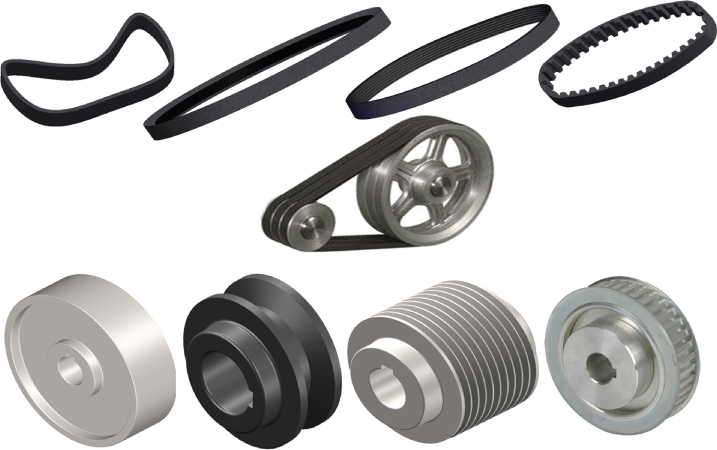6 Belt Drives
A mechanical drive, sometimes called a power transmission, is usually used to transmit power and motion from one rotational element to another. Mechanical drives include belt drives, chain drives, gear drives, wormgear drives and so on. They can be broadly classified as flexible and non‐flexible or rigid power transmission drives. In a flexible drive, there is an intermediate, flexible element such as a belt or a chain between the driving and driven shafts. The rotary motion of the driving shaft is first converted into translatory motion of the belt or chain and then converted back into the rotary motion of the driven shaft. In a rigid drive, such as in a gear drive, the rotary motion of the driving shaft is directly converted into the rotary motion of the driven shaft by the direct contact of pinion and gear. This chapter will discuss in detail the features, as well as analysis and design of belt drives. The analysis and design of other mechanical drives will be introduced in the succeeding chapters.

Nomenclature
- A
- cross sectional area of belt, mm2
- a
- centre distance, mm
- b d
- datum width of V‐belt groove, mm
- b p
- pitch width, mm
- D
- sheave or pulley diameter, mm
- d d
- datum diameter, mm
- d p
- pitch diameter, mm
- E
- equivalent elastic modulus of belt, MPa
- F 0
- initial tension, N
- F 1
- tight tension, N
- F 2
- slack ...
Get Analysis and Design of Machine Elements now with the O’Reilly learning platform.
O’Reilly members experience books, live events, courses curated by job role, and more from O’Reilly and nearly 200 top publishers.

